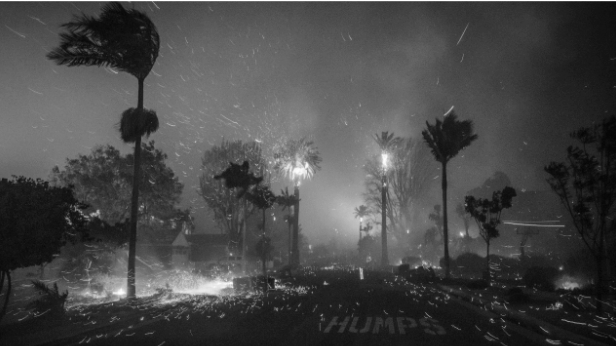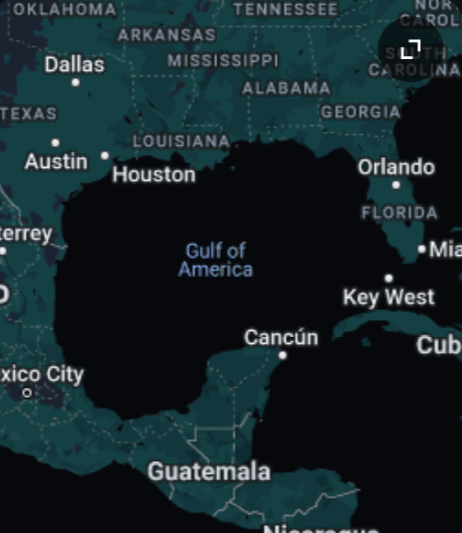On Jan. 2, 2024, HCPS decided to have a “traditional” inclement weather day. This was later changed on Jan. 26, 2024 to have the virtual instruction plan approved.
HCPS asked members of the community to complete a survey of their preferences on inclement weather days this school year. The survey results showed that of the 2,353 staff and community members that voted, 1,753 of them voted to conduct virtual instruction days, specifically asynchronous. Only 600 voted for all schools to be closed. The same survey was sent out to parents and guardians, 4,149 of which voted. 2,242 voted to have asynchronous days. From both the staff and parents’ side, the results showed that the majority of members in the county favored learning from home on inclement weather days. At the start of an inclement weather day, all of the students are marked as “present” for that day as long as the work assigned for that day has been completed within the ten-day window.
One of the main reasons for the delay in this decision according to HCPS was that there is inconsistent and unreliable internet access for students and teachers.
The Maryland State Department of Education (MSDE) approved HCPS’s virtual day instruction plan on Jan. 26, meaning that the county has three asynchronous virtual instruction days if inclement weather occurs.
Three weeks after the virtual instruction plan was approved, the county then had its first official asynchronous snow day on Tuesday, Feb. 13. On virtual instruction days, students must log into Canvas to complete assignments their teachers have given them for the day.
Students have ten days from the day the assignment is released to complete it. There is a button on Canvas for each subject students can click on in order to find their assigned work for that day. Based on the survey HCPS conducted, it was found that the majority of teachers and staff preferred asynchronous learning during inclement weather days rather than having a “traditional” snow day.
According to the survey by HCPS, teachers are in favor of this method because it allows “students to complete work at their own pace and schedule,” and allows staff members to stay safe at home in case of dangerous weather.
Science teacher Mrs. Patricia Massetti is also in favor of virtual snow days because “it gives us the opportunity to do a little bit of school work but not have the day count against us”. Massetti also states that “teachers should keep their work provided within the thirty minute window, making it equal for students”.
















